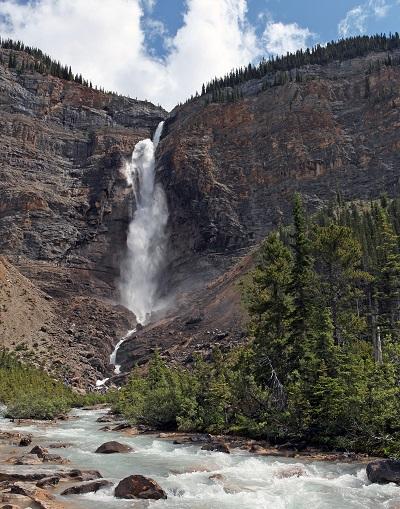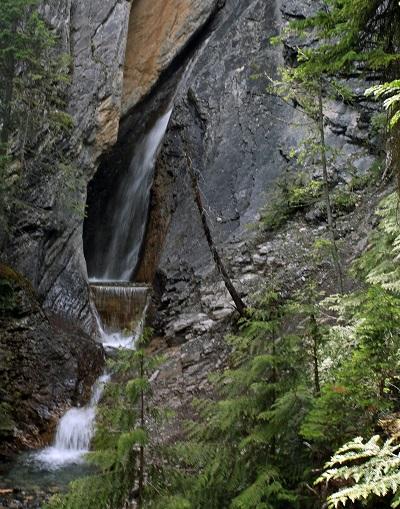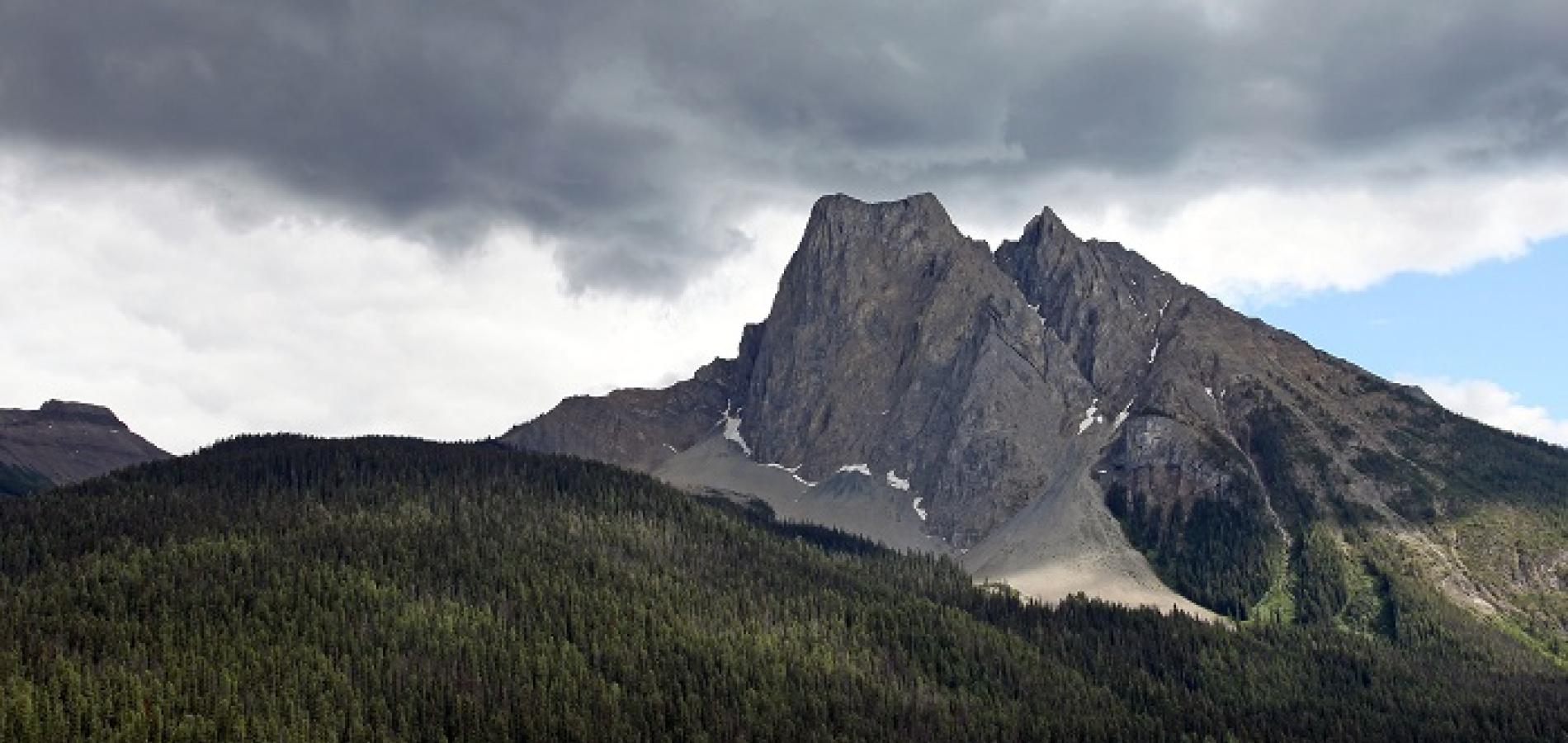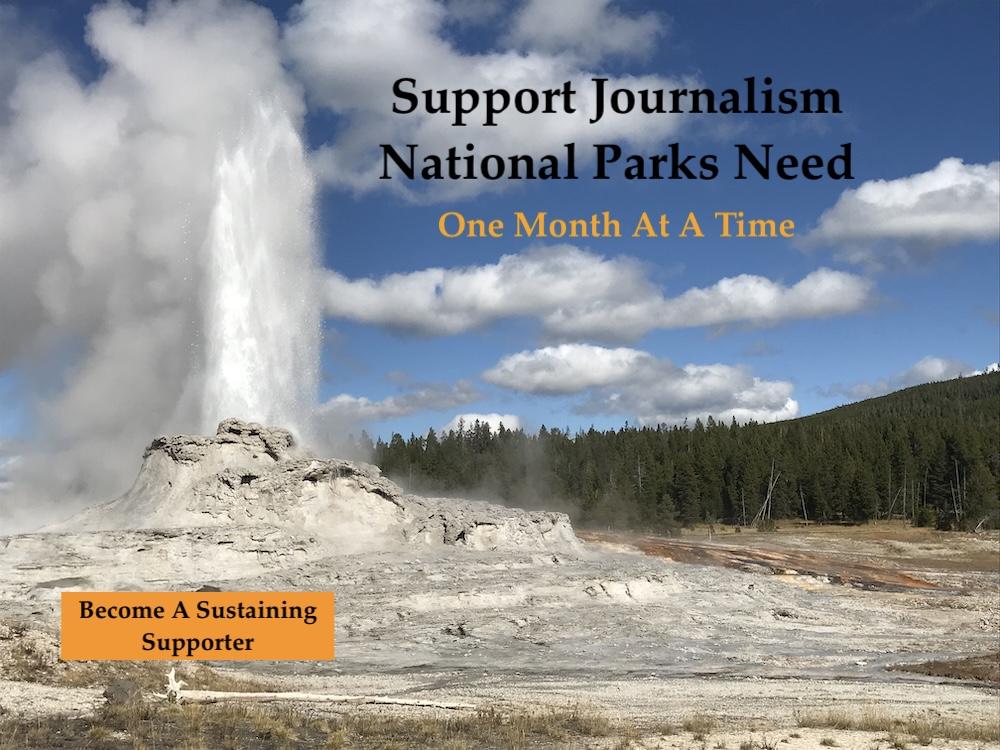Trip to the Canadian Rockies
- Part 1: Jasper National Park
- Part 2: The Icefields Parkway
- Part 3: Yoho National Park
- Part 4: Banff National Park
There’s a park in the Canadian Rockies that features one of the country’s tallest waterfalls, one of the world’s most treasured collections of fossils, “spiral tunnels” designed to help trains chug literally through mountains, and a stunning alpine area so pristine that the number of visitors are limited to keep it that way.
No, it’s not Banff or Jasper, though the scenery is on par. Consider Yoho National Park their quieter, more rugged neighbor to the west. Less than a half hour from Lake Louise and the Icefields Parkway, Yoho is one of a handful of parks – Kootenay, Glacier, and Mount Revelstoke national parks, along with a few provincial parks – that would be prime destinations anywhere else. But while Banff and Jasper hosted more than 6 million total visitors last year, a relatively small 650,000 stopped in Yoho, even though the Trans-Canada Highway runs right through it.
This sounded like the perfect place for my wife and I to make a mid-trip stop during our weeklong adventure in Canada. Our visit to Yoho was probably similar to that of most, as we carved out a day to take in the highlights between Banff and Jasper. What was different, however, was our decision to stay two nights in Field, a tiny community at the heart of Yoho. We found a charming guesthouse to break up the camping, and the park’s prime attractions were nearby, a relief after spending hours on the road each the previous four days (with a couple more long days on the road ahead).
One of the park’s slogans is “rock walls and waterfalls,” but that sells it short. More apt may be the Cree meaning for Yoho: “awe and wonder.” Getting the most out of Yoho, however, requires planning. And since we decided to visit the Canadian Rockies only three weeks in advance, we knew we wouldn’t have the opportunity to experience some of the best that the park has to offer – at least during this trip.
With apologies to Emerald Lake, the crown jewel of Yoho almost certainly is Lake O’Hara, a deep blue lake at the heart of a pristine alpine zone, with a trail network connecting more lakes and meadows surrounded by walls of mountains. To protect the area and provide a wilderness experience (and perhaps make sure it doesn’t become another Lake Louise, though there is a lodge at Lake O’Hara that charges $660 CA per night in the summer), Parks Canada implemented a quota system to limit the number of visitors. Reservations are required for a bus ride to the lake and a camping spot in the area. They are available three months in advance and generally don’t last a day. Access is so limited that the park’s pamphlet doesn’t even mention Lake O’Hara. Why advertise when you don’t have to?
But protections aren’t only in place for beautiful landscapes. The Burgess Shale, designated a World Heritage Site in 1980, features some of the oldest and most significant fossil beds in the world. Whereas most fossils are of hard parts like bones, shells, and teeth, the remains found in Yoho also preserve “soft” parts, like muscles and gills, which have helped scientists piece together the evolution of living organisms. More than 500 million years ago, these creatures lived in a marine ecosystem. Now, the fossils are preserved high in the Rockies. If paleontology interests you, the Burgess Shale Geoscience Foundation offers guided hikes to two locations in the Yoho (and one in nearby Kootenay National Park), and each is a full-day affair that includes strenuous hiking. These treks were booked full as well.
Even though some of the star attractions were off limits to us, there was still plenty to appreciate about Yoho.
Takakkaw Falls

Takakkaw Falls plummets more than 1,000 feet, making it one of the tallest in Canada/Scott Johnson
“It is wonderful.”
That’s how we translate Takakkaw from Cree. And, indeed, Takakkaw Falls is wonderful, a behemoth of meltwater from Daly Glacier that tumbles 1,260 feet, making it one of the tallest in Canada. In order to see such a large waterfall, you’re going to need a small vehicle (or a bicycle). The waterfall is the final destination for most people at the end of the 9-mile Yoho Valley Road, which twists up from the Trans-Canada Highway just east of Field. RVs and trailers aren’t allowed, as a hairpin turn about a third of the way up limits vehicle length.
On the way to the falls, there’s a viewpoint for the Upper Spiral Tunnel in Cathedral Mountain. If you time it right (we didn’t), you can see one of the more than two dozen trains per day that enter the tunnel, circle for nearly 3,300 feet, then come out the other side, sometimes before the last car has even entered. This tunnel (and another built in Mount Ogden, viewable from a pullout along the Trans-Canada Highway) was constructed in the early 1900s to ease the steep and dangerous grade required to navigate the section known as the Big Hill.
There’s also a stop for the Meeting of the Waters, where the Yoho River merges with the Kicking Horse River.
Near the end of the road, the landscape flattens and Takakkaw Falls appears in the distance on the right, thundering over a massive cliff face. An upper drop plunges nearly 400 feet, and the force impressively pushes the gushing water out from the rock wall before it plummets another 830 feet. A half-mile walk at the end of the road leads all the way to the base, where you can shower in the mist amid the roar of the water. Time it right (again, we didn’t) and you can see a rainbow in the spray. Even though the trail is short, including a red chair viewpoint, there’s room for a picnic and to play in the Yoho River. The waterfall isn’t the only attraction. Views stretch to mountains in every direction, with peeks at the Vice President and Wapta Mountain.
Takakkaw Falls marks the end of the road, but it’s not the end of the adventures. A walk-in campground is there, and trails lead deeper into the Yoho Valley. A two- to three-day backpacking trip to the lakes, waterfalls, glaciers, and mountains above might be the perfect way to experience Yoho’s majesty. But that will have to wait for a return trip.
Field

The door of the century-old church in Field/Scott Johnson
Field, a tiny outpost founded in 1884 to support the Canadian Pacific Railway Company, sits in the flats of the Kicking Horse River and the shadow of Mount Stephen, 16 miles west of Lake Louise. From the Trans-Canada Highway, you must cross two of the area’s defining features, the Kicking Horse River and railroad tracks, to reach the small community. A Parks Canada visitor center and a gas station/convenience store greet you, but Field is nothing like Banff, Lake Louise, or Jasper. With only about 200 residents, there are fewer people in Field than any of the campgrounds in the area on a summer night. It takes more than three times as many people to run the 515-room chateau at Lake Louise. Nothing in Field will be confused with a chateau.
Instead, Field as a welcoming community and ideal place to recharge, minus the hustle and bustle of a resort town. It’s gloriously unpretentious. We called Field home base for two nights, renting an apartment to get a shower, kitchen, and bed between our camping stints. A backyard garden was lush with colorful flowers and a view of Mount Stephen. Our neighbors were friendly and, as regular visitors, offered tips for what to see.
Across the street, a cozy café called The Siding served affordable soups, sandwiches, salads, and burgers (with plenty of vegetarian options). A small outdoor patio was perfect for a sunny afternoon. Exactly as you’d expect, the café is the place where everyone in town passes through either in the morning for breakfast or during the day to grab a snack and gather the latest gossip. For a more upscale option (and the only restaurant open past 7 p.m.), Truffle Pigs Bistro is in the lodge across the street.
But that’s about it. A 100-year-old Roman Catholic Church stands at the corner of First and First (avenue and street). There are only a few blocks in each direction, with many locals hosting guesthouses like the one we stayed in. An old, abandoned railroad station can be seen next to the tracks. Sadly, in June, the town’s school was closed, and kids will now have to commute 36 miles to Golden, probably not very fun in the winter, for their education. According to a guestbook in our apartment, many people returned earlier in the year for a reunion.
But those remaining take great pride in their town. And I could see why. I’d take Field over the amenities of Banff or Lake Louise any day. It felt like home.
Emerald Lake

Hamilton Falls is a short walk from the Emerald Lake parking lot/Scott Johnson
Like seemingly every lake in the Rockies, Emerald Lake is a draw. Such a draw that our attempt to visit in the early afternoon after seeing Takakkaw Falls was met with a full parking lot and cars lining both sides of the road for a quarter-mile. This was a preview of what we’d encounter in Banff. We decided a delicious late lunch at The Siding would help pass the time.
Before giving Emerald Lake another try, we stopped at a spot known as Natural Bridge on the way. Here, the Kicking Horse River has eroded a channel through a rock formation, leaving a natural arch passage across the water. The river churns as it squeezes through the small slot and floods into a jagged rock wall. A local told me that there was a salt lick not far from the Natural Bridge parking lot, and my wife wanted to see a moose. We explored three different times, but either we didn’t find the lick or there wasn’t a moose when we were there.
We again continued the six miles to Emerald Lake, and although it was still busy, we found a parking spot. Instead of heading straight for the lake, we took a side hike to Hamilton Falls. The park’s hiking guide says the mile-long out-and-back hike is easy, and it is, but the elevation gain certainly is not “minimal,” as the guide states. The hike is a steady incline, not a “pleasant stroll.” There’s a point where the trail zigs away from the river at what appears to be an overlook, but there is just a small cascade. Follow the zig just a bit, then take an uphill zag for a view of the falls. A pair following us almost missed the falls. Although difficult to see, Hamilton Falls were not like any others we saw in Canada. The interesting formation is like a waterslide carved sideways into a canyon wall. The water is crystal clear, though someone built a small dam at the base of the falls. The trail continues on to Hamilton Lake, but we turned around at the falls.
Back at Emerald Lake, we ended our day with a 3-mile walk around the lake. Heading out clockwise from the parking lot, the first half of the trail is wheelchair accessible as it hugs the green lake. Looking across, 8,527-foot-tall Mount Burgess, which used to be featured on the back of Canada’s $10 bill, looms over the lodge and southeast shore. You can also see some of the Burgess Shale fossil beds (binoculars help). At the far end of the lake, wildflowers fill the inlet, and a trail heads into the mountains toward Yoho Pass and, eventually, Takakkaw Falls. The return half of the loop travels a bit inland, and the muddy, forested path doesn’t afford the mountain views of the first half.
We headed back to Field to enjoy the comforts of a heater before setting an early alarm. We planned to hit the road early for Banff and Lake Louise.



 Support Essential Coverage of Essential Places
Support Essential Coverage of Essential Places







Comments
Great article on a less-familiar park. We've been there and stayed in Field, hiked in Ohara. Fabulous experience. SO glad we did (about 10 years ago).
One of my favorite parks in North America. Great, not good hiking. The Lake O'Hara area (the Alpine Curcuit!!!!) is up there with Yosemite, Berner Oberland, NZ Alps, you name it. Nearby McCarthur Lake is my all-time favorite lake. I've done the Burgess Shale guided hike as well as the Iceline and Emerald Triangle. Hope to return (for the 6th time) in 2018.